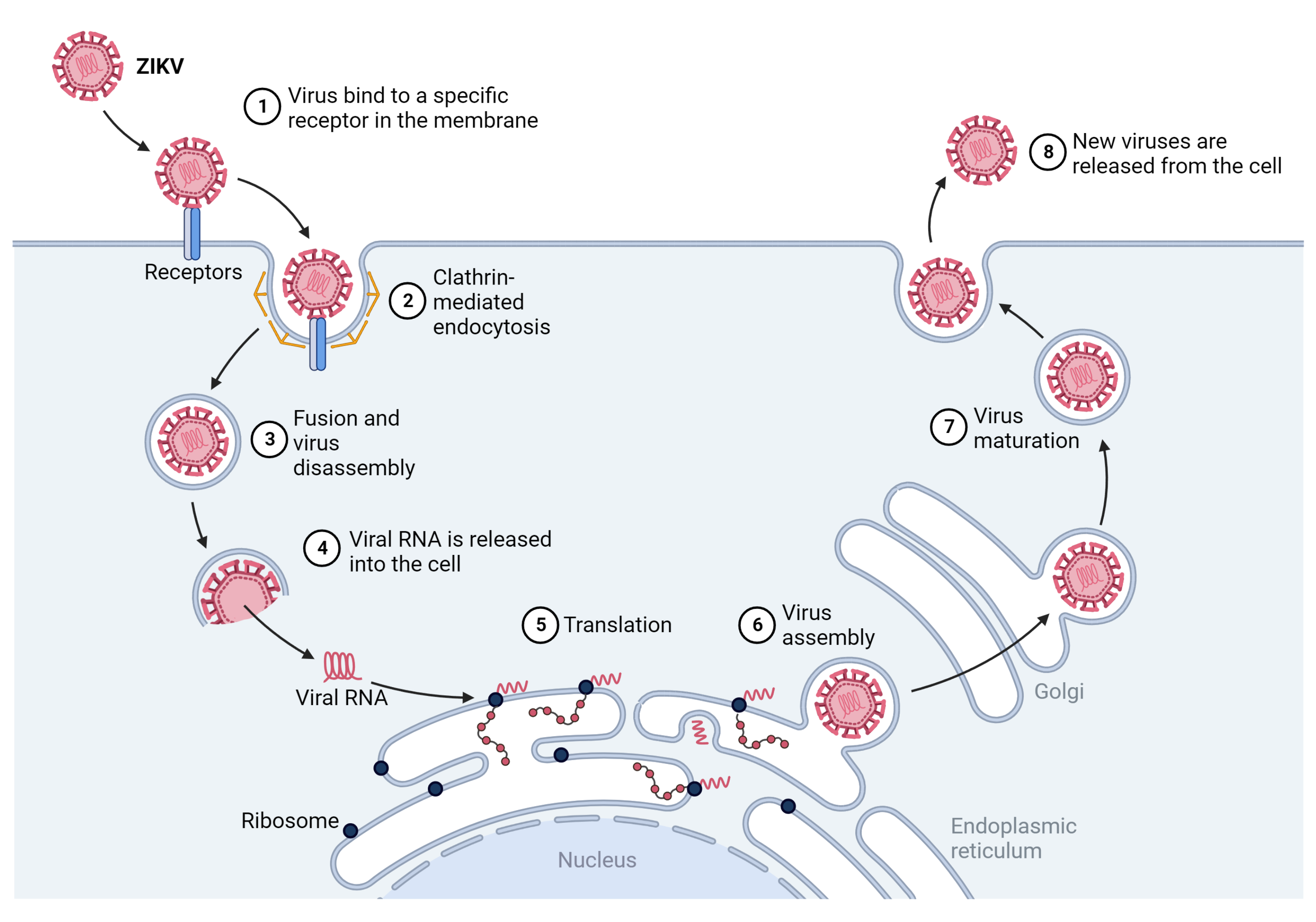Scientiometric Review on Zika and its Relationship with Craneofacial and Oral Disorders
##plugins.themes.bootstrap3.article.main##
The Zika virus (VZ) is a neurotropic virus that causes illnesses in the unborn baby, when a pregnant mother is infected. Given the relationship that exists between this virus and craniofacial and oral alterations, it is necessary to review high-impact information to clarify the consequences
that it left in this child population.
Objective: Review articles in databases during the years 2016 to 2020 with the subject in relation.
Methods: A bibliometric analysis was carried out with the research articles found in the WOS +
Medline + Scielo databases in the years 2016 to 2020, regarding the issue of VZ and its relationship with craniofacial alterations, in which it was had as a result the analysis of 18 articles, reviewing the inclusion of terms in the title, abstract and keywords.
Results: The co-occurrence has a higher incidence in the term of Microcephaly, other results found is the analysis of the countries with the largest publications on the subject is Brazil and taking into account the year of publication from 2016 as the date of the disease outbreak, 2019 was the year with the highest number of publications.
Conclusions: The study concluded that according to the theme and craniofacial alterations, there is very little scientific evidence that relates the two terms and among Latin American countries a report was found in the countries of Brazil, Canada and the United States
Downloads
##plugins.themes.bootstrap3.article.details##
Candelo E, Caicedo G, Feinstein M, Pachajoa H. Microcephaly in Colombia before the Zika outbreak: A systematic literature review. Biomedica. 2018; 38(0):127–134. doi: 10.7705/biomedica.v38i0.4413.
Dain Gandelman Horovitz D, da Silva Pone MV, Moura Pone S, Dias Saad Salles TR, Bastos Boechat MC. Cranial bone collapse in microcephalic infants prenatally exposed to Zika virus infection. Neurology. 2016; 87(1):118–9. doi: 10.1212/wnl.0000000000002814.
Fonteles CSR, Marques Ribeiro E, Sales Aragão Santos M, Ferreira Pequeno Leite R, Sales Assunção G, Monteiro AJ, Santos Pessoa AL, Giacheti CM, Cavalcante Kerbage S, Ribeiro TR, Pamplona de Góes Cavalcanti L. Lingual
Frenulum Phenotypes in Brazilian Infants With Congenital Zika Syndrome. Cleft Palate Craniofac J. 2018; 55(10):1391–1398. doi: 10.1177/1055665618766999.
França GV, Schuler-Faccini L, Oliveira WK, Henriques CM, Carmo EH, Pedi VD, Nunes ML, Castro MC, Serruya S, Silveira MF, Barros FC, Victora CG. Congenital Zika virus syndrome in Brazil: a case series of the first 1501 livebirths with complete investigation. Lancet. 2016; 388(10047):891–7. doi: 10.1016/s0140-6736(16)30902-3.
Garcez PP, Loiola EC, Madeiro da Costa R, Higa LM, Trindade P, Delvecchio R, Nascimento JM, Brindeiro R, Tanuri A, Rehen SK. Zika virus impairs growth in human neurospheres and brain organoids. Science. 2016; 352(6287):816–8. doi: 10.1126/science.aaf6116.
Leão JC, Gueiros LA, Lodi G, Robinson NA, Scully C. Zika virus: oral healthcare implications. Oral Dis. 2017; 23(1):12–17. doi: 10.1111/odi.12512.
Martín-Martín A, Thelwall M, Orduna-Malea E, Delgado López-Cózar E. Google Scholar, Microsoft Academic, Scopus, Dimensions, Web of Science, and OpenCitations’ COCI: a multidisciplinary comparison of coverage via citations. Scientometrics. 2021; 126(1):871–906. doi: 10.1007/s11192-020-03690-4.
Moore CA, Staples JE, Dobyns WB, Pessoa A, Ventura CV, Fonseca EB, Ribeiro EM, Ventura LO, Neto NN, Arena JF, Rasmussen SA. Characterizing the Pattern of Anomalies in Congenital Zika Syndrome for Pediatric Clinicians. JAMA Pediatr. 2017; 171(3):288–295. doi: 10.1001/jamapediatrics.2016.3982.
Saad T, PennaeCosta AA, de Góes FV, de Freitas M, de Almeida JV, de Santa Ignêz LJ, Amancio AP, Alvim RJ, Antunes Kramberger LA. Neurological manifestations of congenital Zika virus infection. Childs Nerv Syst. 2018; 34(1):73–78. doi: 10.1007/s00381-017-3634-4.
Satterfield-Nash A, Kotzky K, Allen J, Bertolli J, Moore CA, Pereira IO, Pessoa A, Melo F, Santelli A, Boyle CA, Peacock G. Health and Development at Age 19-24 Months of 19 Children Who Were Born with Microcephaly and Laboratory Evidence of Congenital Zika Virus Infection During the 2015 Zika Virus Outbreak - Brazil, 2017.
MMWR Morb Mortal Wkly Rep. 2017; 66(49):1347–1351. doi: 10.15585/mmwr.mm6649a2.
Siqueira RMP, Santos M, Cabral GMP. Alterations in the primary teeth of children with microcephaly in Northeast Brazil: a comparative study. Int J Paediatr Dent. 2018; doi: 10.1111/ipd.12402.










